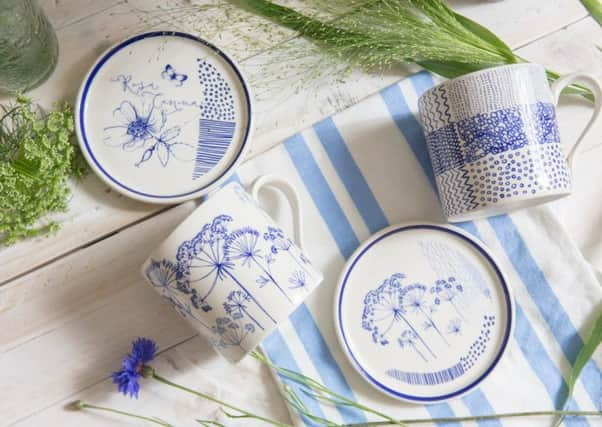Buy local food but don't forget to check the origin of your plate


Before the Second World War and right up to the late 1960s, most of the fresh fruit and vegetables consumed in this country were grown here and harvested seasonally. Strawberries appeared at this time of year just in time for Ascot and Wimbledon, ready to be doused in lashings of cream.
The asparagus season has always been short, starting in May. Heavily featured on restaurant spring menus, asparagus slips into our kitchens often to be over boiled, ending up rather mushy. Jersey Royals are anxiously awaited at the end of April and are greeted just as enthusiastically as the French welcome their Beaujolais Nouveau in November. Some produce such as potatoes and apples have long been safely stored to give almost year-round availability and as storage and growing facilities have improved, lettuce, celery, sugar snap peas and other soft fruits can be found in the shops throughout the four seasons.
Advertisement
Hide AdAdvertisement
Hide AdOf course, before the war, other more exotic fruits and vegetables were available but these were very expensive so were imported in tiny quantities. The one exception was bananas, which have always been relatively cheap as a result of our colonial history, the banana tree’s prolific production, low labour costs and an established and competitive shipping and distribution channel. We now eat more than a million tonnes each year, double the amount of 20 years ago.
Supermarkets and their large contracts with fruit and vegetable producers, more regular and cheaper transportation costs and a widening of consumers’ tastes (often as a result of low-cost foreign travel), mean that we import more produce. Holland, Spain and South Africa have become our biggest sources of fresh produce but just check the packaging of your weekly shopping and you’ll quickly see blueberries from Poland, green beans from Peru, peas from Kenya, apples from France and just about anything from Thailand.
Today, we have become concerned about the “air miles” that are clocked up moving fresh food around the world. This not only raises environmental concerns but also nutritional worries as time, temperature and light reduces vitamin content. Spinach stored at room temperature loses between 50 and 90 per cent of its vitamin C in 24 hours. Refrigerated transport over long distances has even more worrying environmental impact. This awareness has prompted most supermarkets to include “local produce” shelves in their offer, which celebrate local growers and recognise consumers’ worries. After all, who wants to be known as an importer of wheat from a country like Ethiopia which has regular food shortages and famines.
Yet oddly enough the “food mile” campaigns never address what our food is served on. So many plates, bowls and glass and china generally are imported, especially from the Far East. Even some of the most established names in crockery, such as Royal Doulton, Portmeirion and Royal Worcester, import large parts of their collections when the skills and production capacity at home are readily available. A chase for cheaper and cheaper production inevitably means a reduction in quality, a slowing down of innovation and design development, an increase in dependancy on imports, a destruction of our indigenous manufacturing capacity and ultimately a dumbing down of our individual taste and style - not to mention the “plate miles” accumulated in the process.
Now that we are questioning food miles, perhaps it is time to look underneath our plates to see just how far they have travelled.